The outer casing of the horse chestnut is vibrant green, pointed spikes threaten to pierce the skin.
The ultimate prize, like a pearl within an oyster, is the shining brown conker.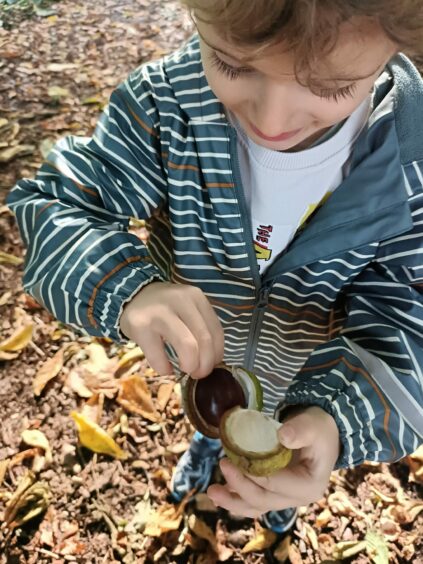
My son runs his thumb over it, delighted with its newness, as I crouch down in the leaves with my phone in hand.
My finger taps the screen on repeat, I’ll go through the pictures later and decide which ones to keep.
My mum, who at 70 is still reluctant to send a text, huffs in annoyance.
“For goodness’ sake, can’t you just be in the moment and enjoy it with him,” she says, motioning to her grandson.
Hundreds of pictures are on my own phone, from the marvellous to the mundane.
Seldom do these pictures make it into frames, despite my best intentions.
They remain within “the cloud”, a magical invention of technology which stores all my memories should my busy mind forget.
The irony is not lost on me, that as a child I loved nothing more than flicking through my parents’ photo albums.
Some of the snaps were yellowed with age, and I loved the fuzzy images all the more.
I’ve reasoned to myself that I don’t want to forget all those tiny moments which make up my son’s childhood.
When it came to my wedding day, we asked guests to refrain from taking pictures during the church service.
We wanted people to be right there with us, as we made vows which felt life changing.
I’ve spoken with wedding photographer Dani Rose, alongside a fellow parent, to find out how others navigate living for the now, and also capture it for posterity.
Darlene Hosea, mum
Darlene Hosea is a mum of two, and admits to taking pictures multiple times a day.
“I look back on my pictures daily, either to just reminisce or because I want to make a photo collage or create a thank you card,” said Darlene, who lives in Aberdeenshire.
“I do take photos with the intention of printing some of them off, to give to grandparents to put into their photo frames, or to put into photo frames in my own house.”
Far from ruining the moment, Darlene believes that capturing it can enable the rest of the family to join in.
“I think a quick snapshot to capture the moment really means so much, to look back on at a later time,” she said.
“I make sure I then put my phone down and enjoy the rest of the moment with my children.
“It also means so much for other family members to help them feel part of it all when I send updates to them, they can feel as though they were there in that moment with us.
“There are some times when I can’t recall how my child acted in a certain situation and then remember I have a photo of that scenario, and can find it easily and bring the memories back again, which I really enjoy being able to do.”
Dani Rose, photographer
For wedding photographer Dani Rose, who works across Scotland but is mainly based in the north-east, a culture of impatience means quality is lost.
“I think everyone should have a wedding album instead of being huddled around a screen,” she said.
“But these days, people want to see the photos right away. They don’t want to wait.
“I think there is a lot to be said for retracting back to old-school ways.”
Dani believes that many couples now ask their guests to refrain from taking pictures, which in her experience can only be a good thing.
“It’s often the older generation. But if Granny is too busy trying to work her phone, she’ll miss her beautiful grand-daughter at the end of the aisle,” she said.
“Some guests can even get frustrated with photographers, push us out the way or take pictures from over our shoulder.”
“So when we deliver the gallery, that surprise element is gone because the couple has already seen the shots and the professional ones have lost meaning.
“I rarely take my proper camera out when I’m with my family, and I want that freedom away from my phone.
“A wedding album is going to be with you for the rest of your life, unlike a USB stick which sits in a drawer.”
Return of film
The first camera phone was launched in November 2000, and was called the Sharp J-SH04.
These days, even photo albums have been revamped thanks to technology.
You can easily create them online, and there’s no need to spend hours sticking the pictures in.
But the vintage look and feel of traditional photo albums means they are making a comeback.
Film is particularly popular with millennials and research shows that photo albums are harder to lose than thousands of images stored on your phone.
Furthermore, we only print off the photos which really mean something, as opposed to the trivia which can be snapped almost without us realising.
To physically hold an album full of memories in your hands is a simple and timeless joy.
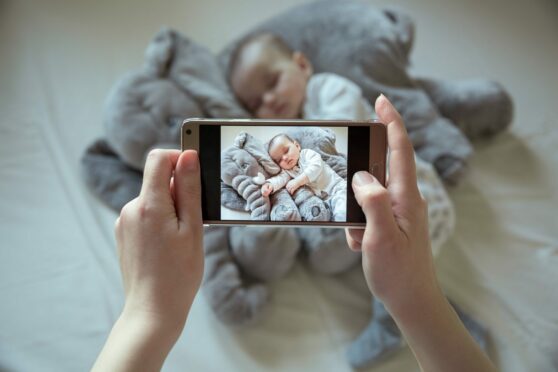


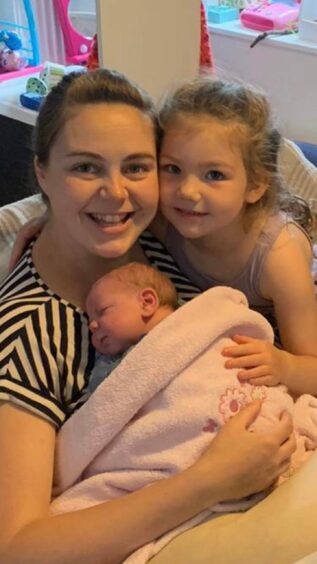
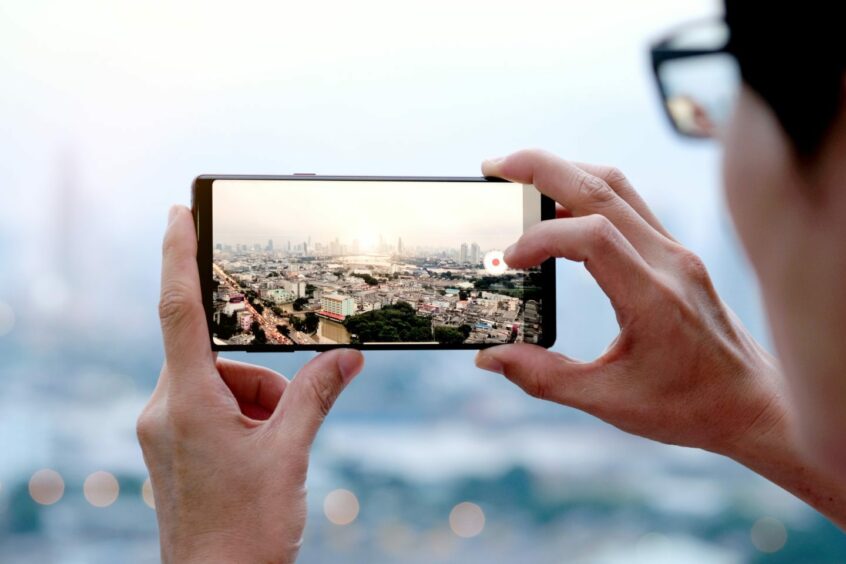
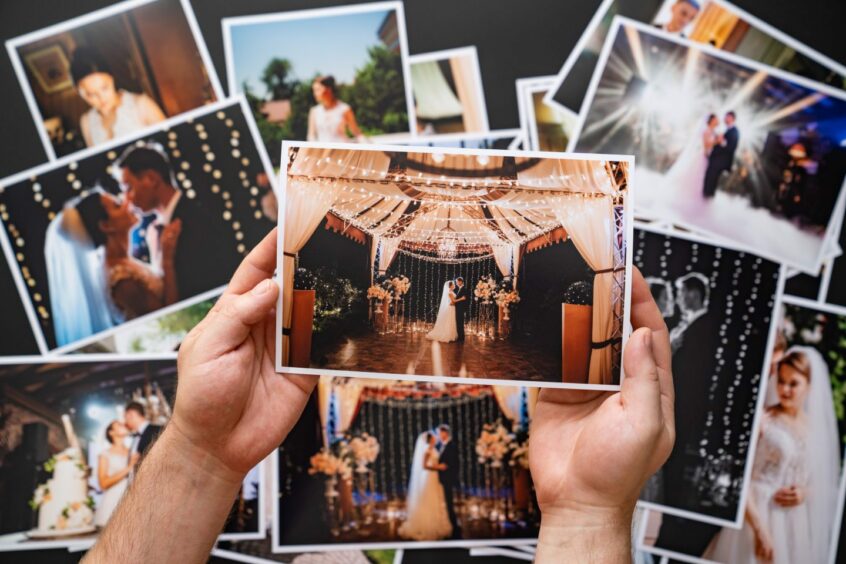
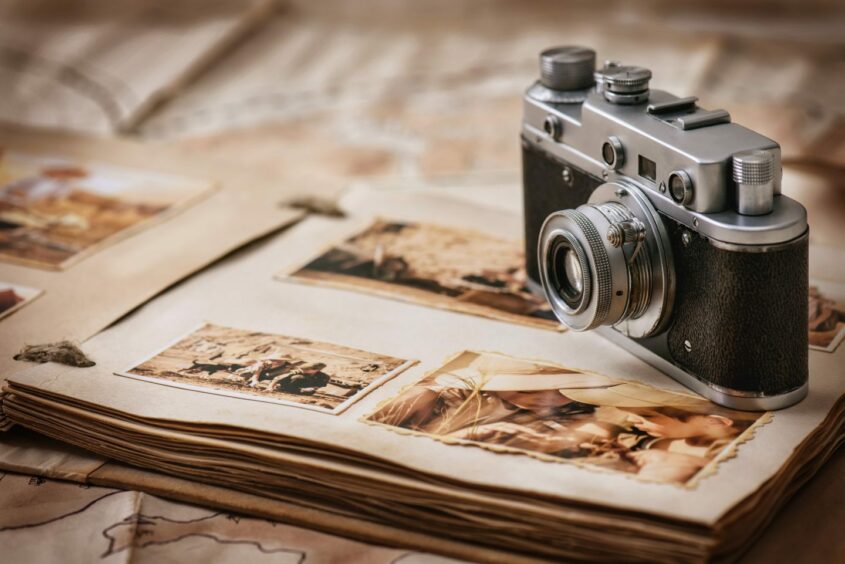
Conversation